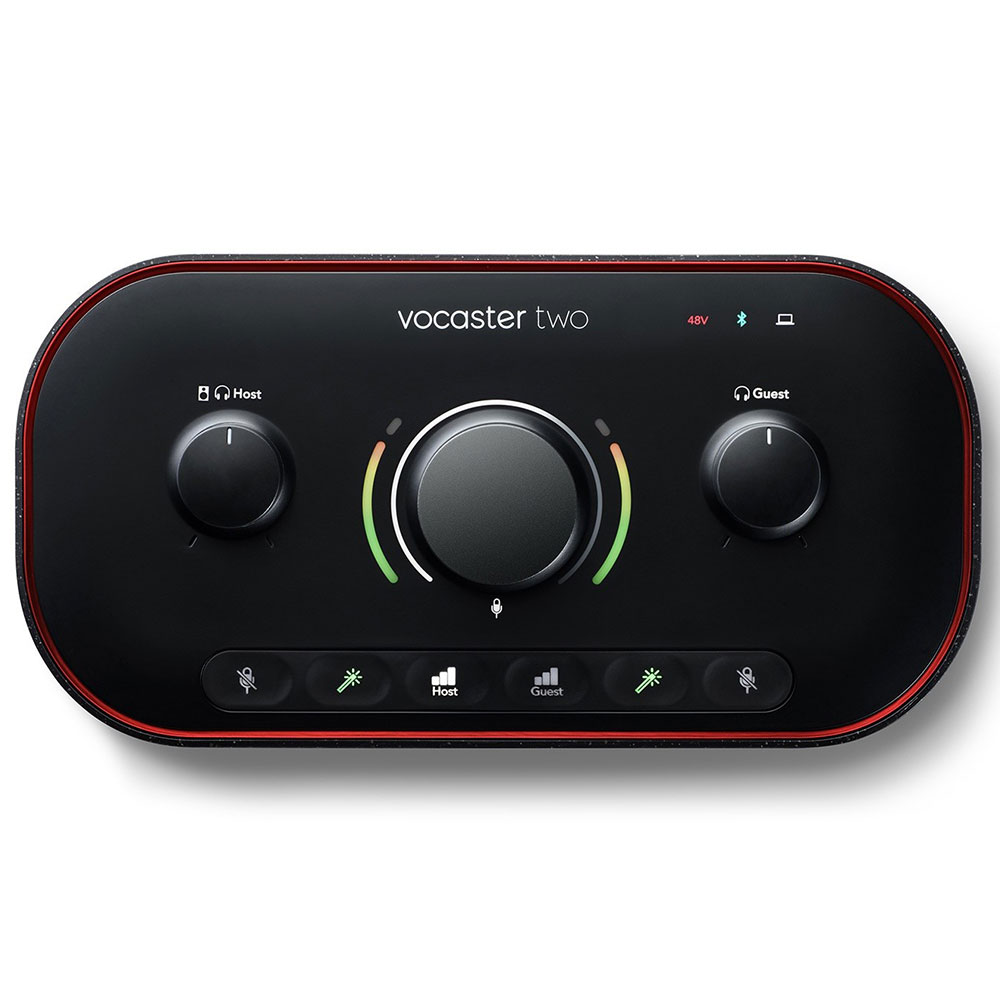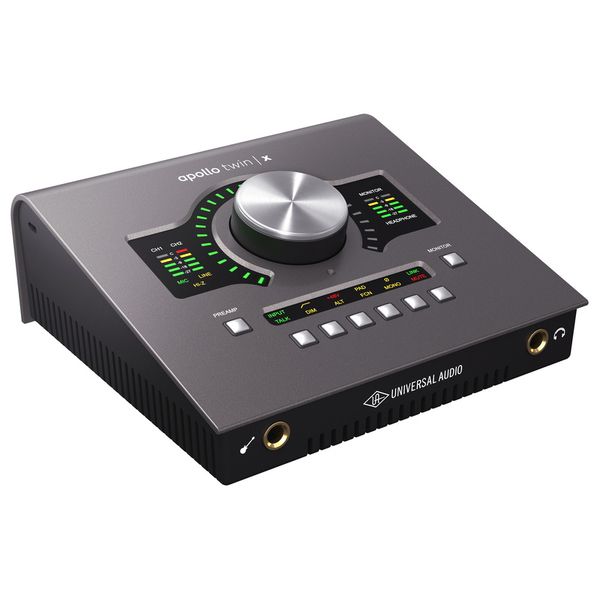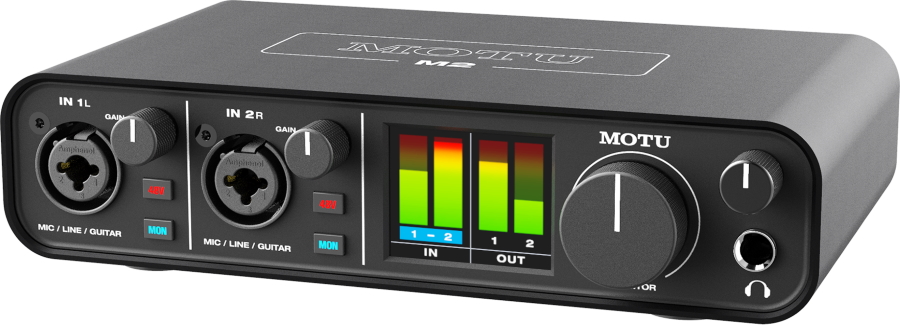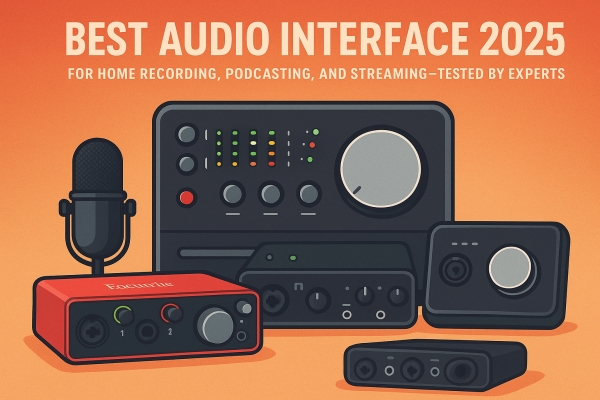Best audio interface 2025: For home recording, podcasting, and streaming — tested by experts
Whether you’re tracking vocals in a bedroom studio, running a multi-host podcast, or streaming games and music live, your audio interface is the bridge between the analog world and your computer. In 2025 the market has matured: there are budget gems with surprisingly clean preamps, compact interfaces that don’t compromise on latency or converters, and high-end units that bring pro-grade DSP and ultra-stable drivers to the home studio. This guide — distilled from expert testing and hands-on reviews — explains what matters, and recommends the best interfaces for three common use cases: home recording, podcasting, and streaming.
Quick picks (fast answer)
-
Best overall (home recording): Focusrite Scarlett 2i2 (4th Gen). Great preamps, small footprint, superb value.
-
Best for podcasting / live streaming (all-in-one): RØDECaster Pro II or Focusrite Vocaster line (depending on budget and workflow).
-
Best pro / high-end for producers: Universal Audio Apollo Twin X (powerful onboard UAD processing).
-
Best for ultra-low latency and meters: MOTU M2 / M4 (excellent converters and visual metering).
-
Smart upgrade (lots of I/O): PreSonus Quantum HD series — powerful USB-C/Thunderbolt options for larger setups.
How we judge audio interfaces in 2025 (and what you should care about)
When experts test interfaces, they focus on four practical pillars:
-
Preamps & converters: Clean gain, low noise, and transparent ADC/DAC. For spoken word (podcasts) you want clarity and presence; for music you may want slightly colored preamps or a “drive” option.
-
Latency & drivers: Low round-trip latency and rock-solid drivers are essential for tracking and live streaming without delay. Thunderbolt and modern USB-C drivers improved a lot across 2024–25.
-
I/O and routing: Do you need multiple mic inputs, MADI/ADAT expansion, dedicated monitor mixes or loopback for streaming? Podcast and streaming interfaces often add program mix and multichannel USB loopback.
-
Workflow features: Onboard DSP (UAD, onboard mixers), software control, and form factor — does it sit on your desk or in a rack? For podcasters, “all-in-one” consoles that replace a mixer are often preferred.
If you match those four pillars to your needs, you’ll pick an interface that lasts for years.
Best overall for home recording: Focusrite Scarlett 2i2 (4th Gen)

The Scarlett 2i2 remains the go-to for many home producers because it hits the sweet spot: affordable, great-sounding, and simple to use. The 4th Gen refreshed the preamps and improved gain staging, giving more headroom for low-output mics and ribbon mics without resorting to external boosters. It’s compact, bus-powered, and works on Mac and Windows with minimal fuss — ideal for singer-songwriters, beatmakers, and streaming musicians who track remotely. If you want a two-input, high-quality interface with proven software support, this is the pragmatic pick.
Who should buy: Solo musicians, beginners, mobile recordists.
Main downside: If you need DSP or tons of I/O, look higher up the ladder.
Best for podcasting and live streaming: RØDECaster Pro II / Focusrite Vocaster

Podcasting workflows are varied: some creators want a simple USB-to-computer solution for one mic, others need multi-host handling, phone call integration, and easy live streaming setups. The RØDECaster Pro II is a dedicated podcast workstation — multiple mic inputs with great preamps, on-board recording, and powerful ergonomics for live shows. For streamers who prefer a compact two-channel interface with streaming-friendly features, Focusrite’s Vocaster series provides vocal-first processing and easy routing. Both approaches save time and reduce complexity compared with building a mixer + interface rig. The Podcast Consultant+1
Who should buy: Podcast hosts, livestreamers, interviewers.
Main downside: Hardware mixers/all-in-one units trade flexibility for simplicity — pro studios may prefer modular interfaces and a separate mixer.
Best pro/producer choice: Universal Audio Apollo Twin X

If you want industry-grade converters plus integrated UAD DSP for real-time plugin processing, the Apollo Twin X remains a top choice in 2025. It’s used by pros who track with near-zero latency while running UA’s emulations (compressors, preamps, tape machines) in real time. The build, driver stability, and sound quality justify the premium for people who rely on those UAD plugins as part of their sound. If your budget allows and you care about professional color and processing, Apollo is hard to beat.
Who should buy: Producers, mixing engineers, pro home studios.
Main downside: Price; UAD ecosystem is proprietary (but powerful) and adds to cost.
Best budget/value choices: MOTU M2 / Behringer, and Audient options

Budget options in 2025 are surprisingly good. The MOTU M2 and M4 stand out for their class-leading converters and on-device metering — features rarely found at their price point. For absolute tight budgets, Behringer’s U-Phoria line and Audient’s entry interfaces deliver clean sound with fewer bells and whistles. If you’re building your first studio, value models give clean audio and low latency without breaking the bank. SOUNDREF+1
Who should buy: Beginners, podcasters on a tight budget, mobile recordists.
Main downside: Fewer inputs and fewer advanced features.
Best for more I/O / hybrid setups: PreSonus Quantum HD and MOTU UltraLite

If you need expanded I/O, better clocking, and the option for multiple mic preamps, consider the PreSonus Quantum HD series or MOTU UltraLite mk5 family. The Quantum HD line brought Thunderbolt/USB-C performance and more flexible routing, making it a solid pick for small project studios that occasionally need to track full bands. MOTU’s UltraLite line has matured into a compact powerhouse for hybrid setups — great for those who want lots of I/O in a small box.
Who should buy: Small studios, multi-instrument sessions, hybrid video/audio creators.
Practical tips: matching mics, monitors, and workflow
-
Mic pairing: Dynamic mics (SM7B, Shure SM58) usually need lots of clean gain — look for interfaces with >60dB gain, or plan a Cloudlifter/inline preamp if your interface lacks gain. Condensers require phantom power; check the interface has 48V per input.
-
Headphone mixes & latency: If you need near-zero latency monitoring while recording, pick an interface with a dedicated hardware monitor mix or DSP monitoring (Apollo, MOTU, many Focusrite models). Descript
-
Loopback for streaming: Streaming software loves devices that can create loopback/virtual channels (to send game audio + mic to OBS). Many modern interfaces include this; for streaming, verify “multi-channel USB loopback” in specs.
What to avoid (common mistakes)
-
Buying purely on brand or price, cheap preamps can introduce noise that ruins recordings, even if converters are advertised as having high bit depth.
-
Ignoring driver reviews — a great spec sheet means nothing if drivers are jittery on your OS. Check recent driver updates for your platform.
-
Overbuying I/O you’ll never use — extra inputs sound nice, but add cost and complexity.
Final verdict — what to buy (by use case)
-
Bedroom musician/solo singer: Focusrite Scarlett 2i2 (4th Gen) — balance of sound, price, and simplicity.
-
Podcaster/solo streamer: RØDECaster Pro II or Vocaster Two — choose RØDECaster if you want hardware recording + multi-host features; Vocaster if you prefer Focusrite’s streamlined path to streaming.
-
Streamer who plays and talks (game + mic): An interface with loopback (Focusrite Vocaster, MOTU with loopback) or compact mixer-like RØDE.
-
Producer/pro home studio: Universal Audio Apollo Twin X (or RME Babyface Pro if you want rock-solid drivers and ultra-stable performance without DSP).
-
Budget beginner: MOTU M2 / Behringer UMC / Audient iD series.
Short buying checklist (copy/paste)
-
How many mic inputs do you actually need?
-
Does it supply enough gain for your mic(s)? (>60dB for quiet dynamics like SM7B)
-
Do you need a loopback for streaming? (Yes → look for “loopback” feature.)
-
Is it bus-powered or requires an external PSU? (Mobile vs stationary)
-
Does the manufacturer have recent driver updates for your OS? (Check reviews)
-
Do you want onboard DSP? (UAD, onboard compressors, etc.)
Closing notes
2025’s audio-interface landscape is healthier than ever: companies focused on solid driver support and added smart features (loopback, DSP, better metering). For most home studios and content creators, the Focusrite Scarlett 2i2 (4th Gen) is the sensible, expert-tested sweet spot — but the right choice ultimately depends on your mic choice, the number of inputs you need, and whether you prefer hardware simplicity (podcasting consoles) or modular flexibility (separate interface + mixer). For deeper reading, pro tests and roundups from MusicRadar, dedicated podcast guides, and studio-gear reviewers are excellent next stops
